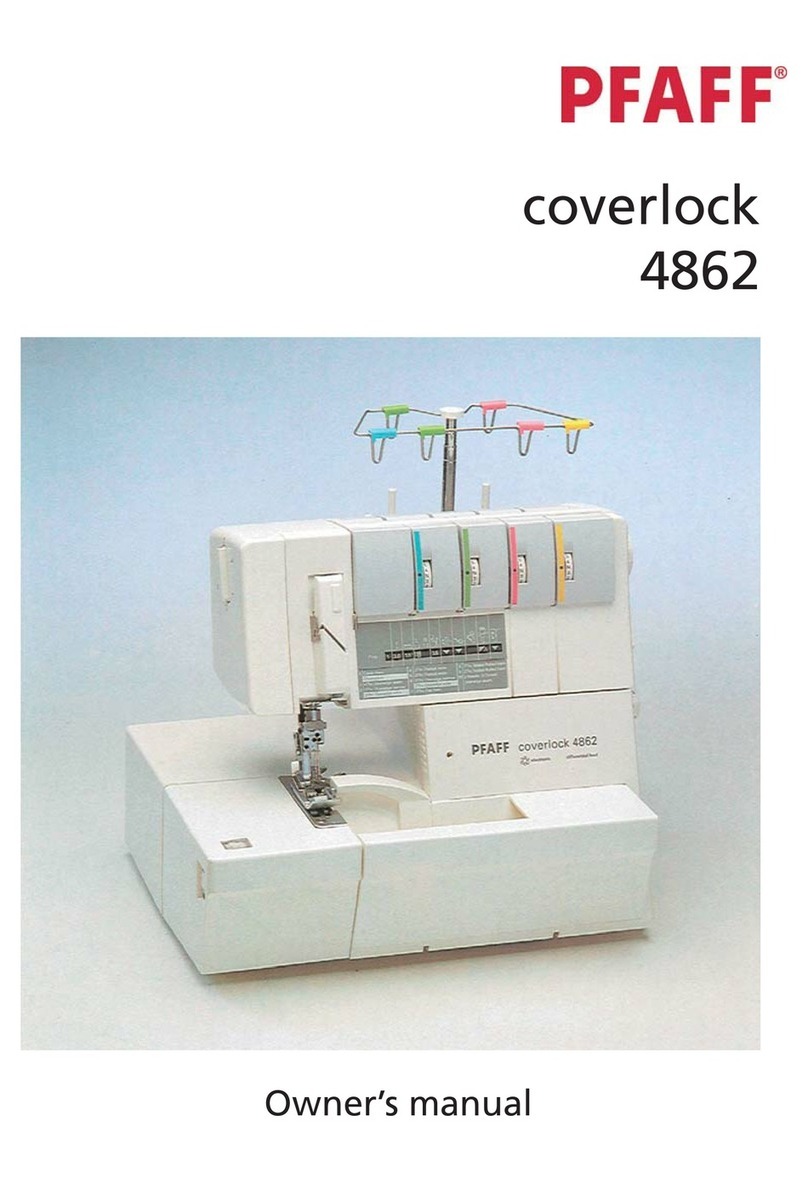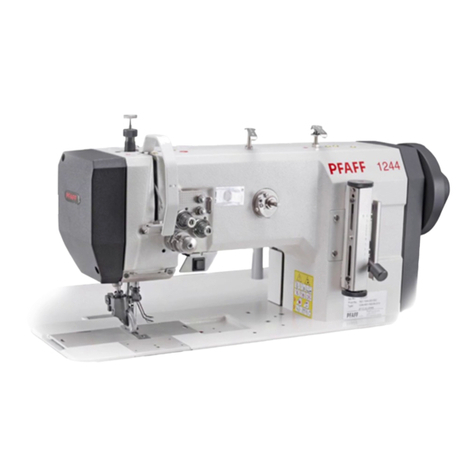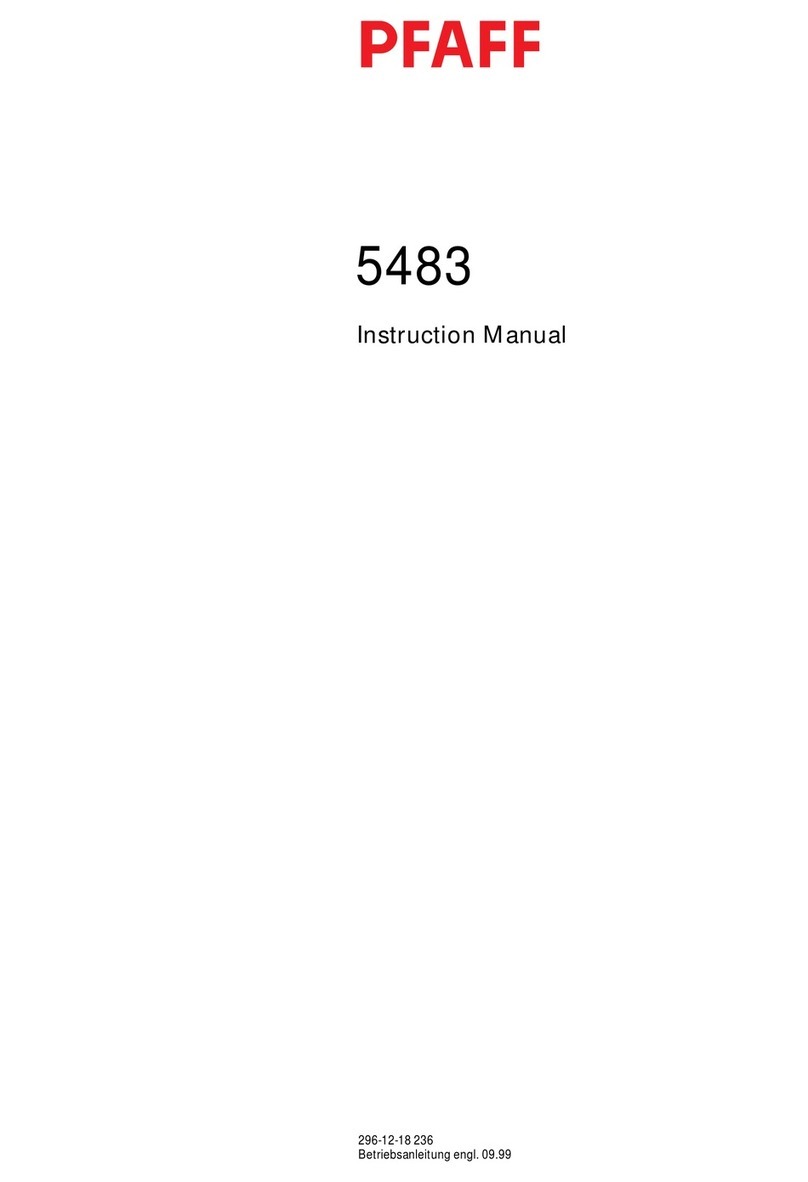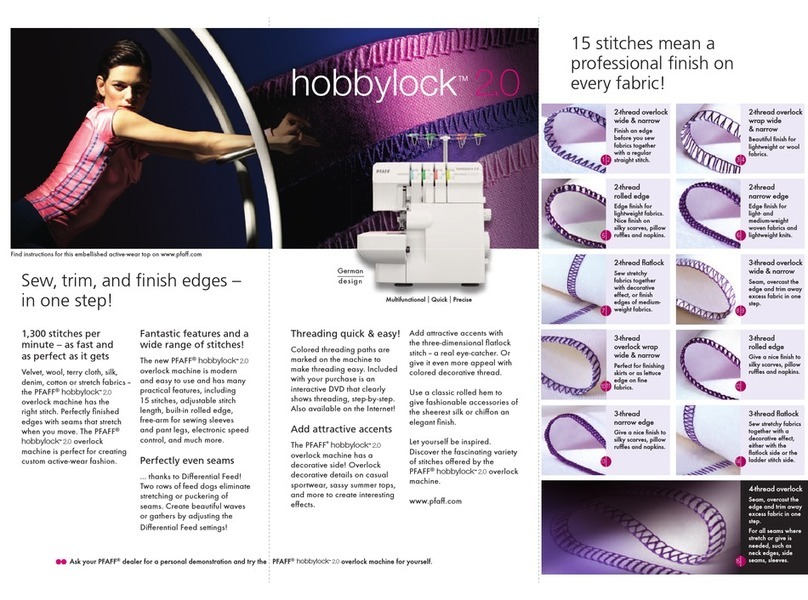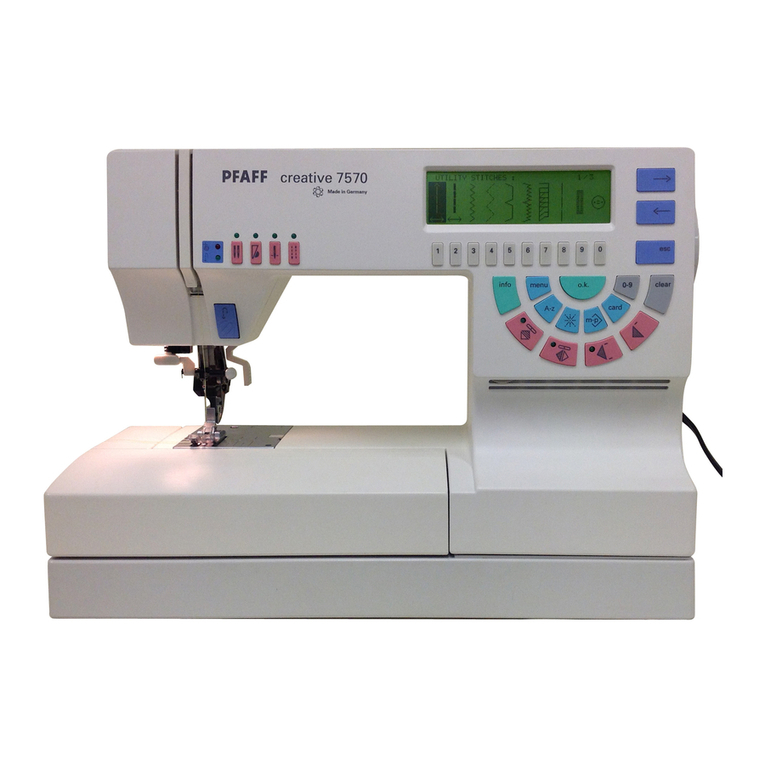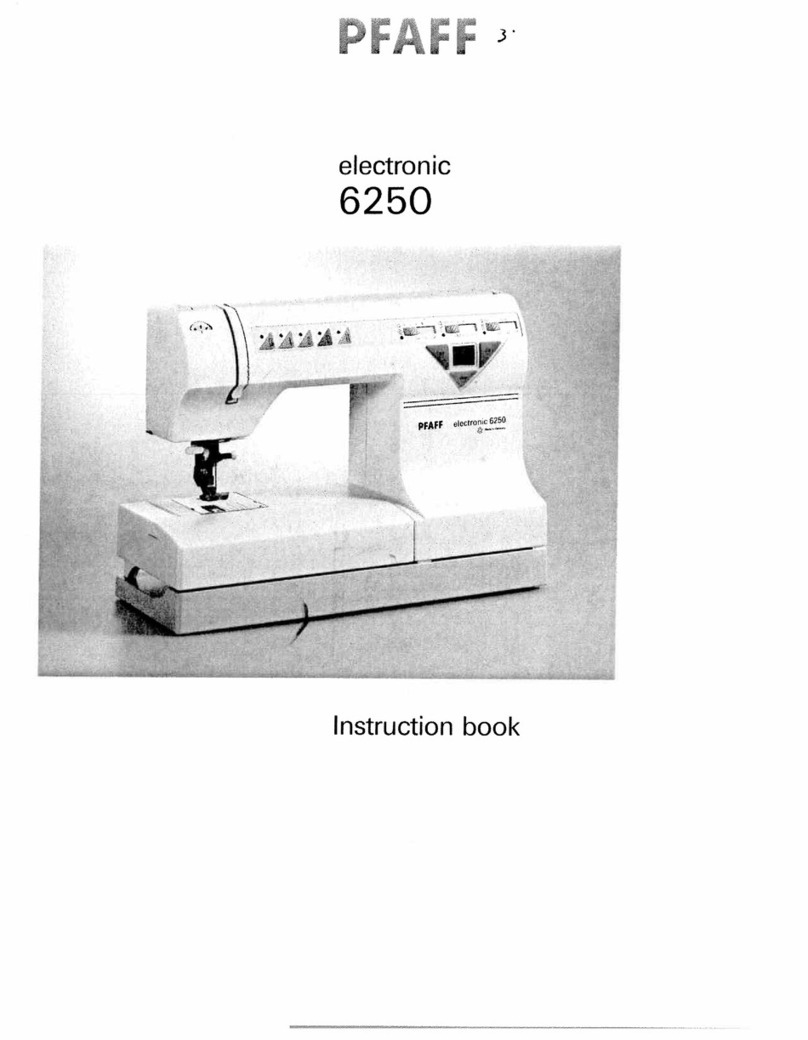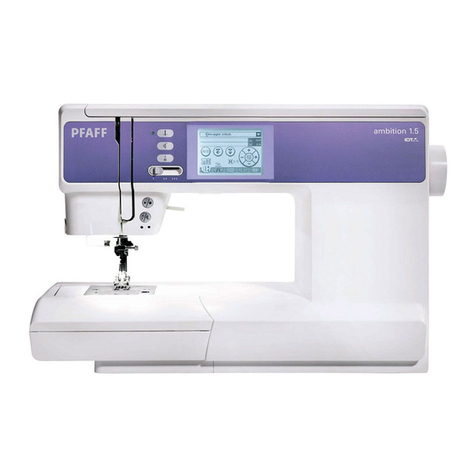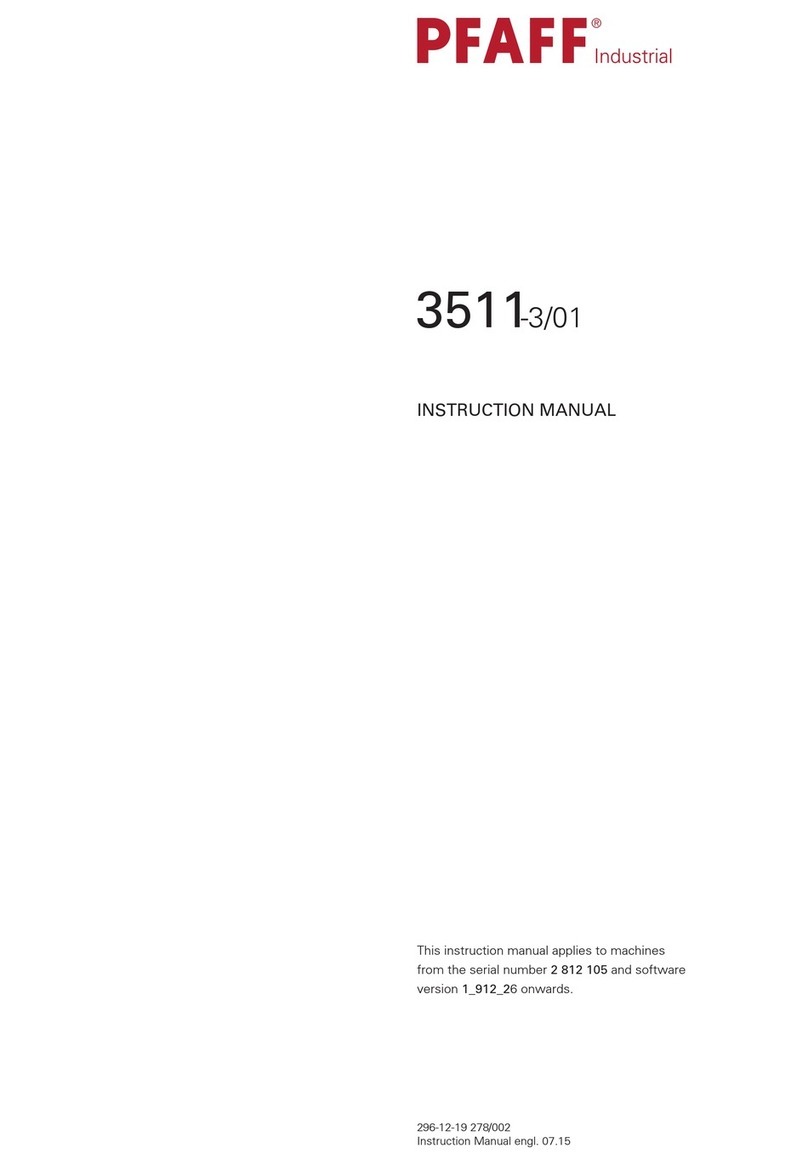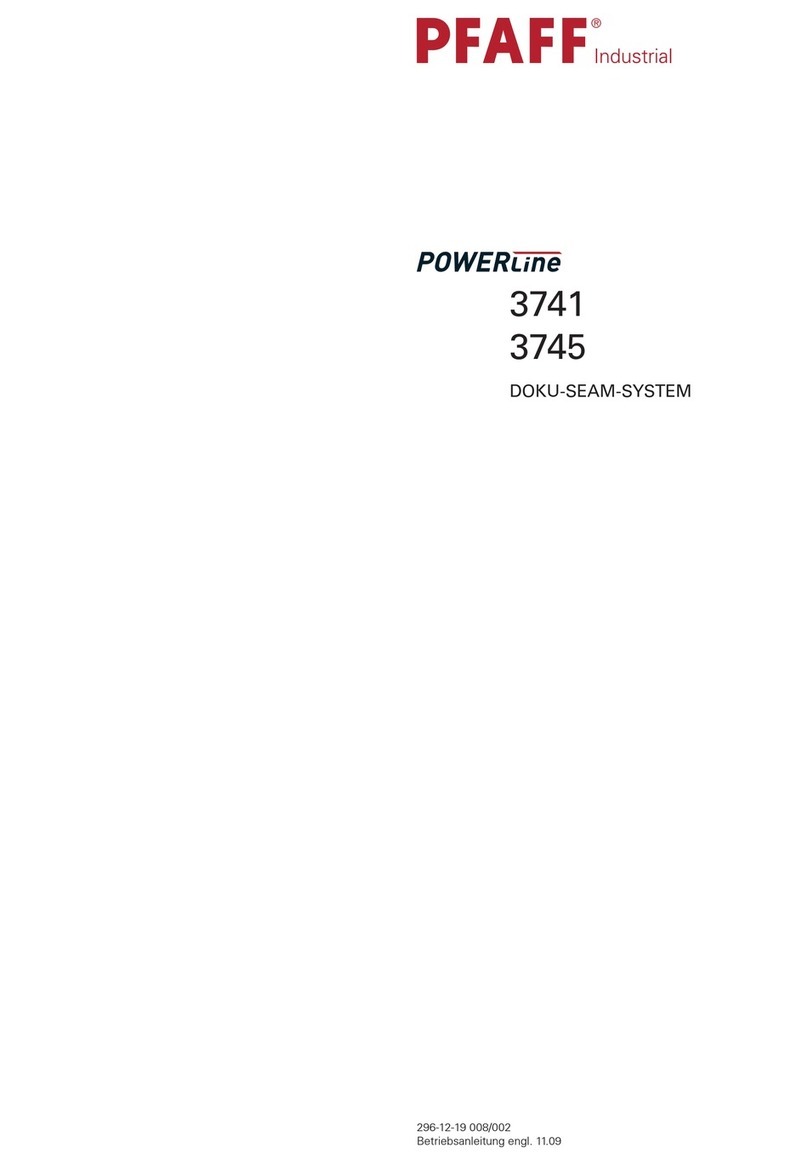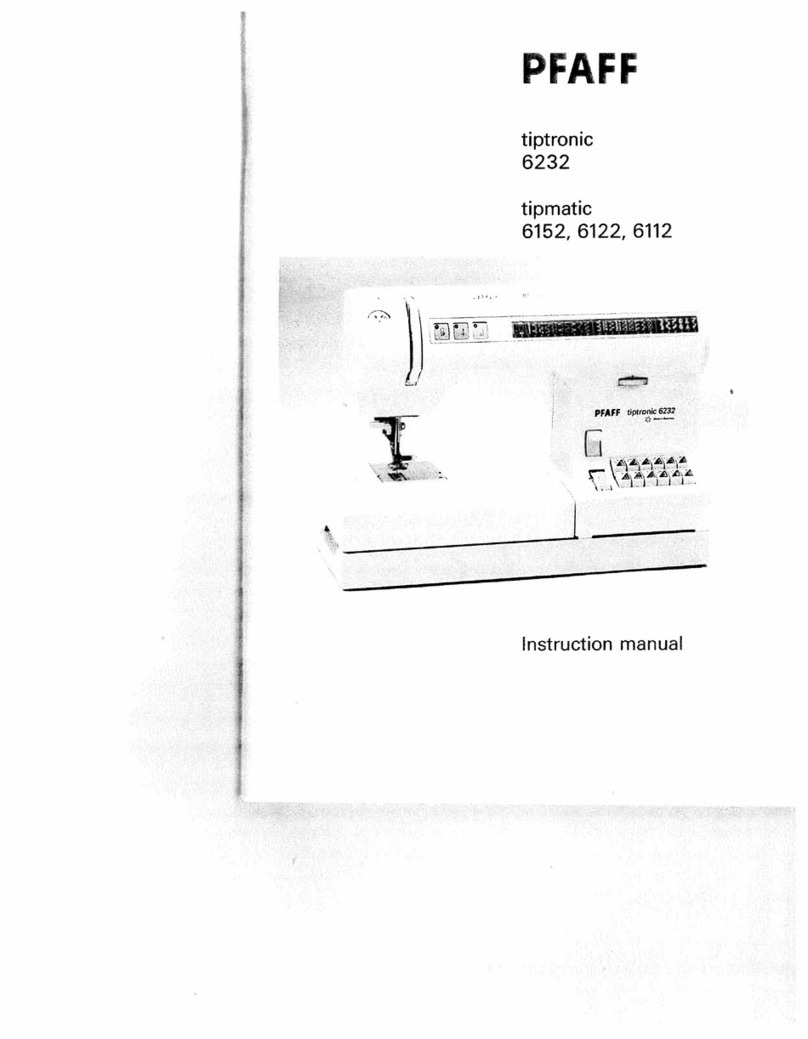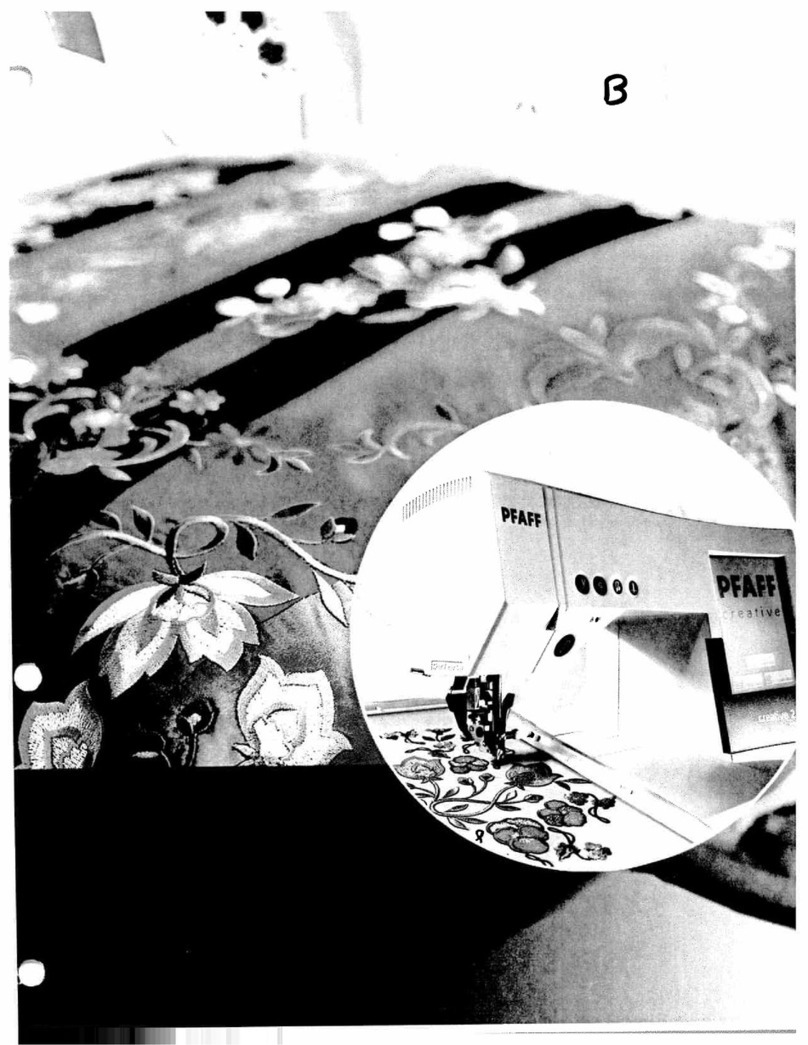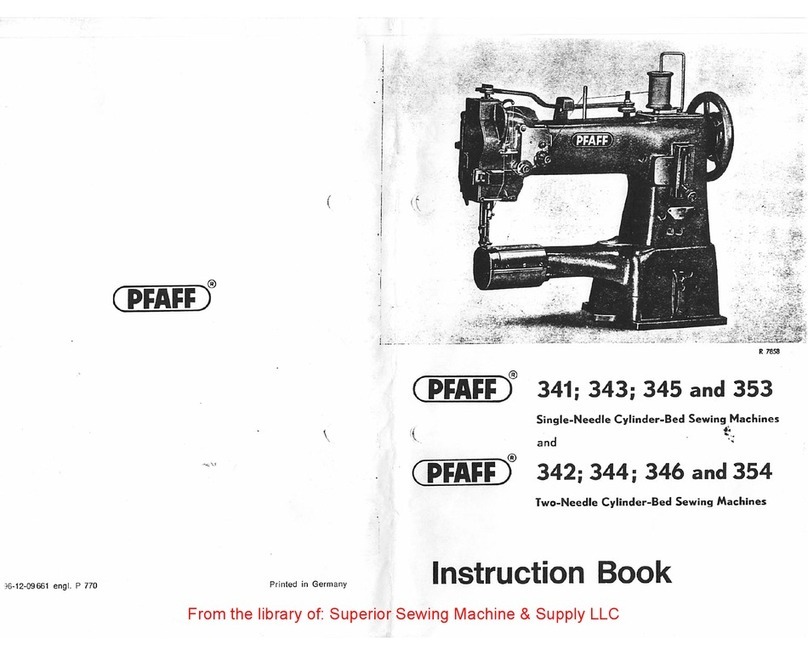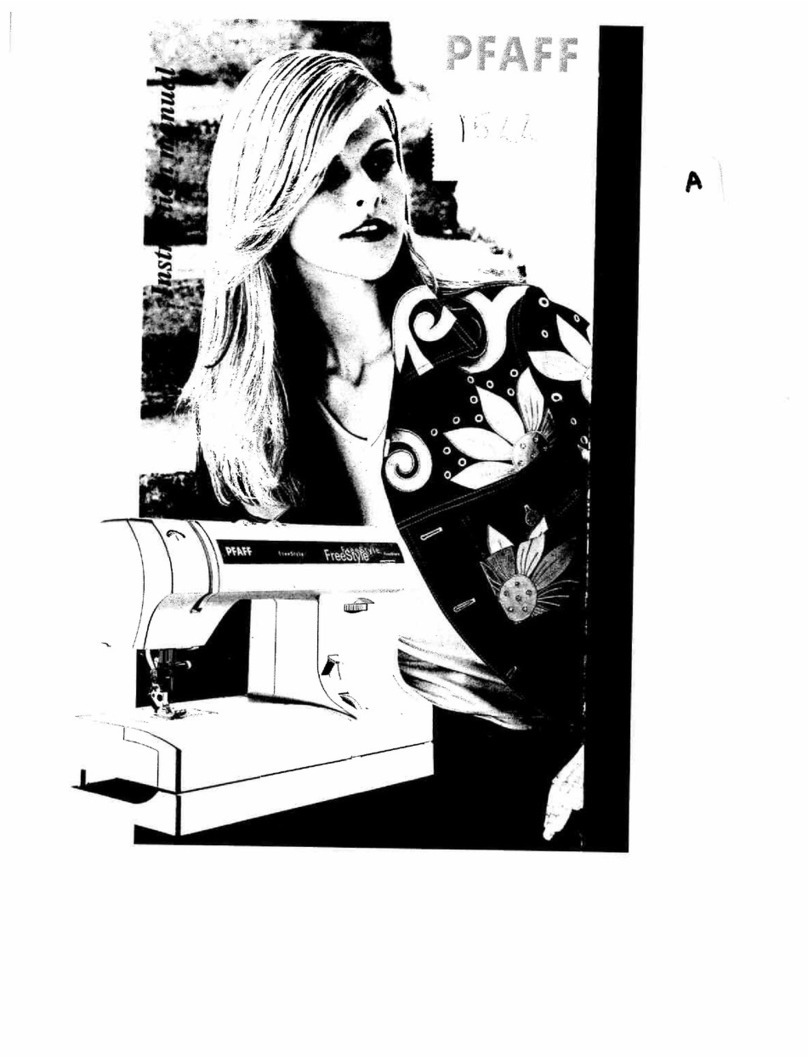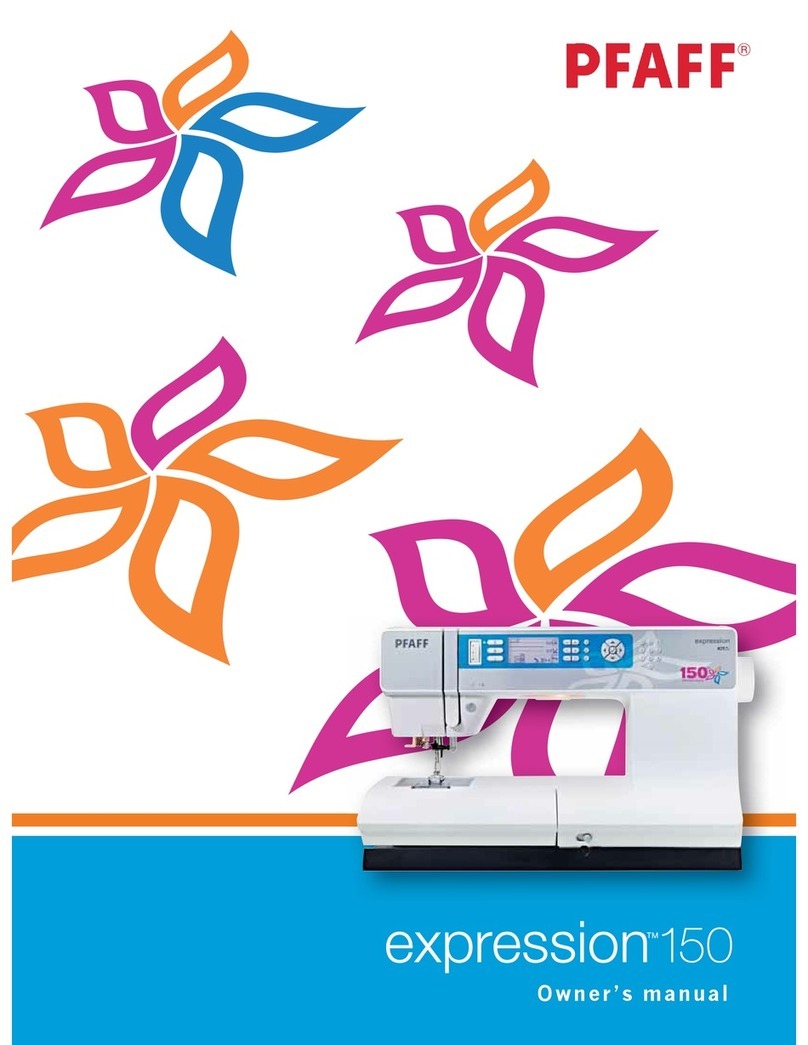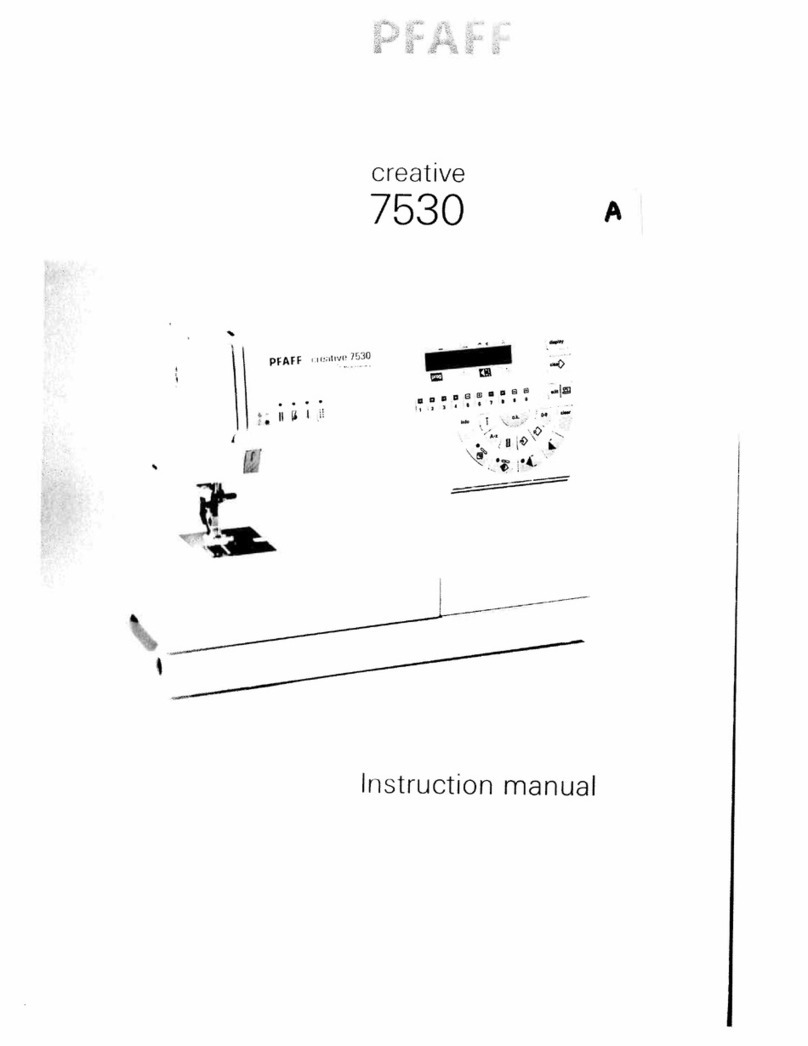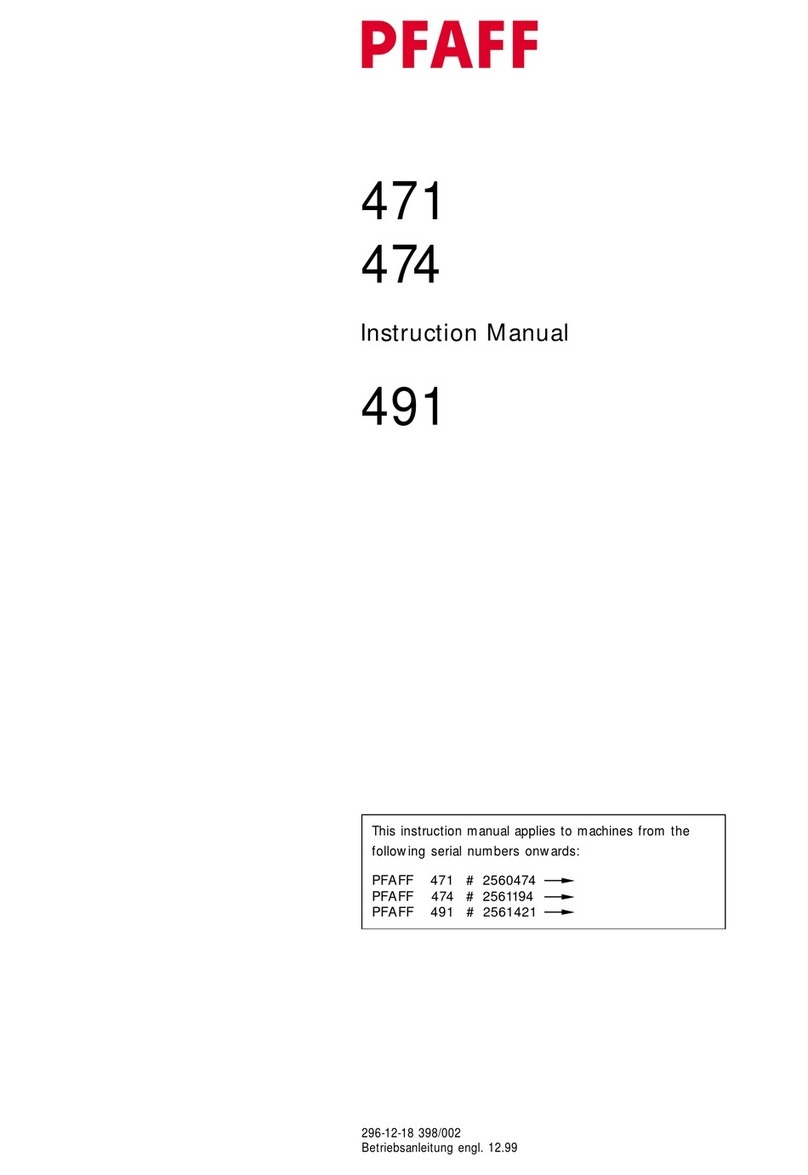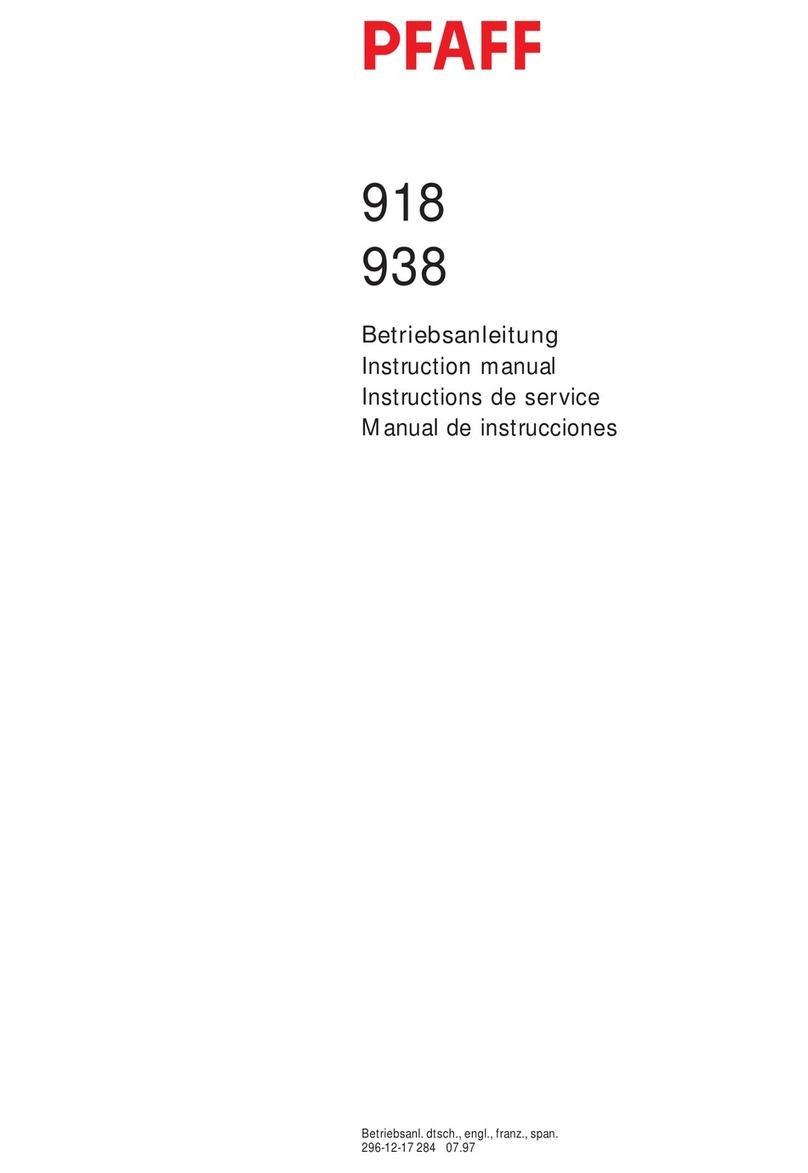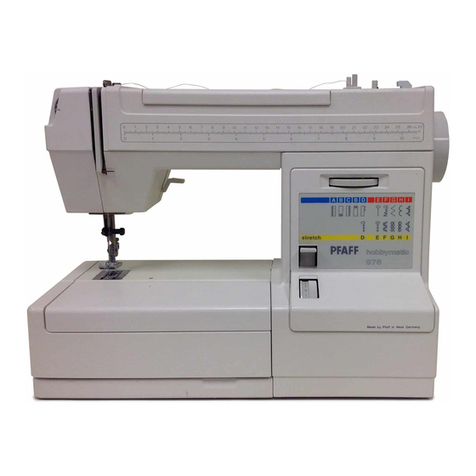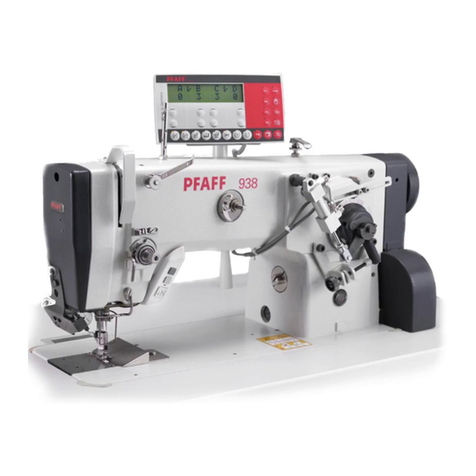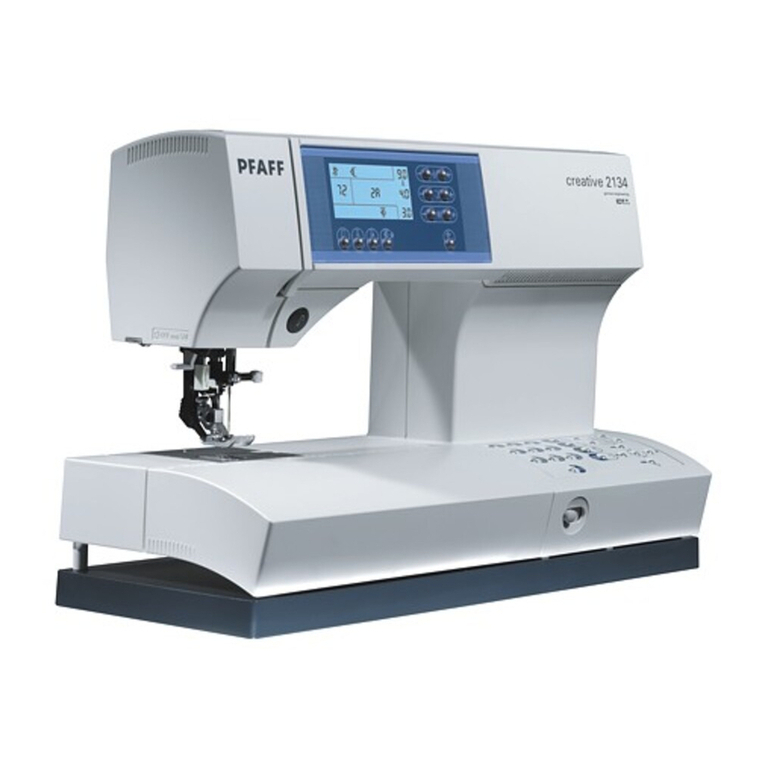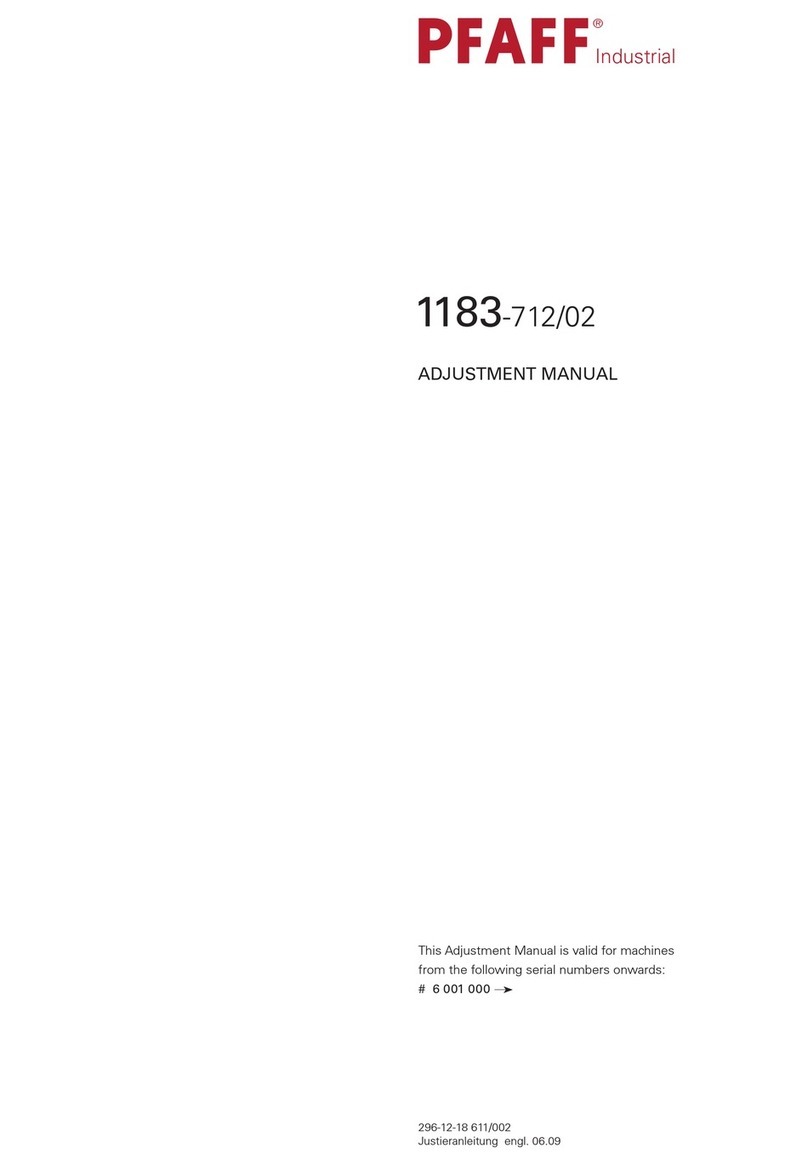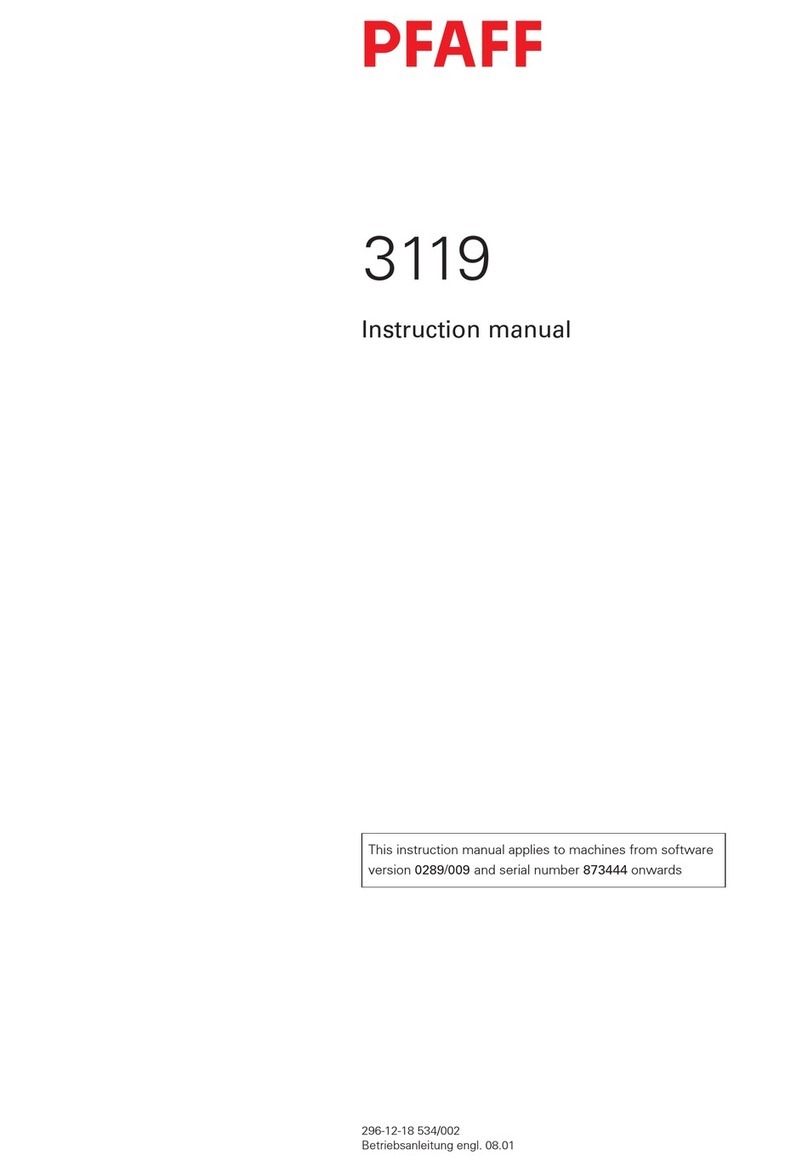
Contents
Contents ................................................................................. Chapter - Page
1Safety ........................................................................................................ 1 - 1
1.01 Directives ...................................................................................................................... 1 - 1
1.02 General notes on safety ................................................................................................ 1 - 1
1.03 Safety symbols ............................................................................................................. 1 -2
1.04 Important points for the user ........................................................................................ 1 - 2
1.05 Operating and specialist personnel ............................................................................... 1 - 3
1.05.01 Operating personnel ...................................................................................................... 1- 3
1.05.02 Specialist personnel ......................................................................................................1- 3
1.06 Danger .......................................................................................................................... 1 - 4
2Proper use .................................................................................................. 2 - 1
3Specifications ............................................................................................. 3 - 1
4Disposal of the machine ............................................................................... 4 - 1
5Transport, packaging and storage ................................................................. 5 - 1
5.01 Transport to the customer ............................................................................................ 5 - 1
5.02 Transport within the customer’s premises ................................................................... 5 - 1
5.03 Disposal of the packaging ............................................................................................. 5 - 1
5.04 Storage ......................................................................................................................... 5 - 1
6Explanation of the symbols .......................................................................... 6 - 1
7Controls ....................................................................................................................... 7- 1
7.01 Adjusting the stitch length ............................................................................................ 7 - 1
7.02 Adjusting the top feed stroke on the PFAFF 5625-657/01 ............................................. 7 - 1
7.03 Adjusting the top feed stroke on the PFAFF 5625-657/02 ............................................. 7 - 2
7.04 Lifting the presser foot .................................................................................................. 7 - 2
7.05 Key for fixing the presser foot ....................................................................................... 7 - 3
8Installation and commissioning ................................................................................. 8 - 1
8.01 Installation ..................................................................................................................... 8 - 1
8.02 Commissioning ............................................................................................................. 8 - 1
9Setting up .................................................................................................................... 9 -1
9.01 Inserting the needle ...................................................................................................... 9 - 1
9.02 Threading the machine / adjusting the thread tension ................................................... 9 - 2
10 Care and Maintenance .............................................................................................. 10 - 1
10.01 Cleaning the looper compartment ............................................................................... 10 - 1
10.02 Checking the oil level / filling in oil ............................................................................... 10 - 2
10.03 Checking the oil level in the oil tank for the needle head parts / filling in oil ................ 10 - 3

